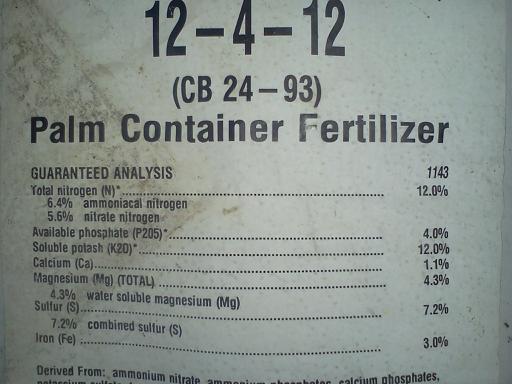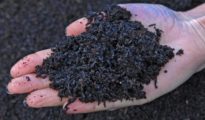If you've recently started to get into gardening, you may have noticed bags of fertilizer at your local hardware store or nursery, and wondered what in the world all those numbers are?! With hundreds of different number combinations, these fertilizer bags can not only look intimidating, but confusing as well! So what are these fertilizer numbers and NPK values you see on these bags exactly?
Many of these bags will have a combination of numbers such as 10-10-10, 20-10-20, or really almost any other combination. So what does it all mean?These numbers are actually called NPK values and they represent the value of the three macro-nutrients that are used by plants. These macro-nutrients are nitrogen (N), phosphorous (P), and potassium (K), known as NPK for short.
Understanding Fertilizer Numbers

The higher the number, the more concentrated the nutrient is. So for example, if you see an NPK value of 20-5-5, that means there is 5 times more nitrogen than there is phosphorous or potassium. A 20-20-20 fertilizer has twice as much concentration of nutrients as a 10-10-10 fertilizer does. It's important to read fertilizer labels so that you can better understand how they work! Lawn fertilizer, organic fertilizer, flower fertilizer – they'll have a different number and each number corresponds to its own value.
These numbers are used to calculate how much fertilizer needs to be applied to equal 1 pound of the nutrient you are adding to the soil. Basically, the numbers represent the amount of fertilizer needed. For example, if the numbers on the fertilizer are 10-10-10, you can divide 100 by 10, and this will let you know that you need 10 pounds of the fertilizer to add 1 pound of the nutrient to the soil. A fertilizer can also only contain 1 macro-nutrient, for example, 10-0-0, meaning it only contain nitrogen. So now that you know what the fertilizer numbers or NPK values stand for, you need to know WHY there's so important.
Why NPK Values Are Important

Each macro-nutrient is responsible for a specific job!
- Nitrogen (N) is responsible for the growth of leaves on the plant.
- Phosphorous (P) is responsible for root growth, flower, and fruit development.
- Potassium (K) helps the plant perform well overall.


















